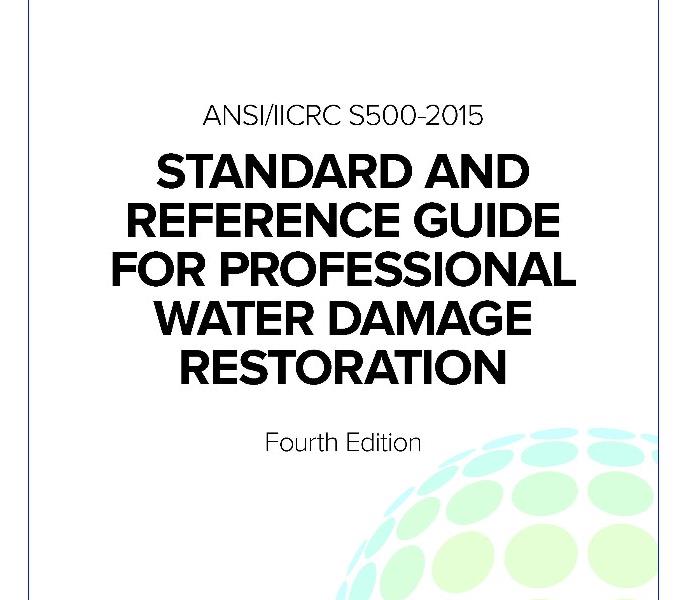Water Classifications!
10/14/2019 (Permalink)
Psychology has the DSM V, Christians have the Bible, remediators have the IICRC’s S500! The Institute of Inspection, Cleaning and Restoration Certification (IICRC) is a certification and standard-setting organization for the inspection, cleaning, and restoration industries. The S500 is the standard and reference guide for professional water damage restoration. The S500 is our rule book!
The first determination to be made when assessing water damage is the Category and Classification. In this blog, we are going to talk about water classifications. Click here to learn about water categories...https://www.SERVPROthewindsors.com/blog/post/169424/water-damage-restoration/3-different-water-loss-categories
The IICRC defined water classifications as wet an area, room, or structure is. Rules of water category classifications are such:
Class 1- Scenarios with the least amount of water intrusion. Minimal water damage, high probability of salvageability of wet materials. Porous materials are less than 5% of the combined floor, wall, and ceiling surface area and where low evaporation materials have absorbed minimal moisture.
Common course of action, in-place, drying typically 3 days
Class 2- Represents cases with a significant amount of water intrusion. Porous materials represent 5% -40% of the combined floor, wall, and ceiling surface area in the space and low evaporation materials have absorbed minimal moisture.
Common course of action-removal of unsalvageable materials, drying typically 3-5 days
Class 3- Greatest amount of water intrusion. Porous materials represent over 40% of the combined floor, wall, and ceiling surface areas, low evaporation materials have absorbed significant moisture.
Common course of action-removal of unsalvageable materials, drying typically 4-6 days
Class 4- Water damage that involves a significant amount of water intrusion and a specialty remediation process, low evaporation materials have significant moisture.
Common course of action- Remediation plan will require specialty drying equipment, extensive demolition, and/or extended drying






 24/7 Emergency Service
24/7 Emergency Service
